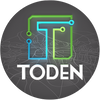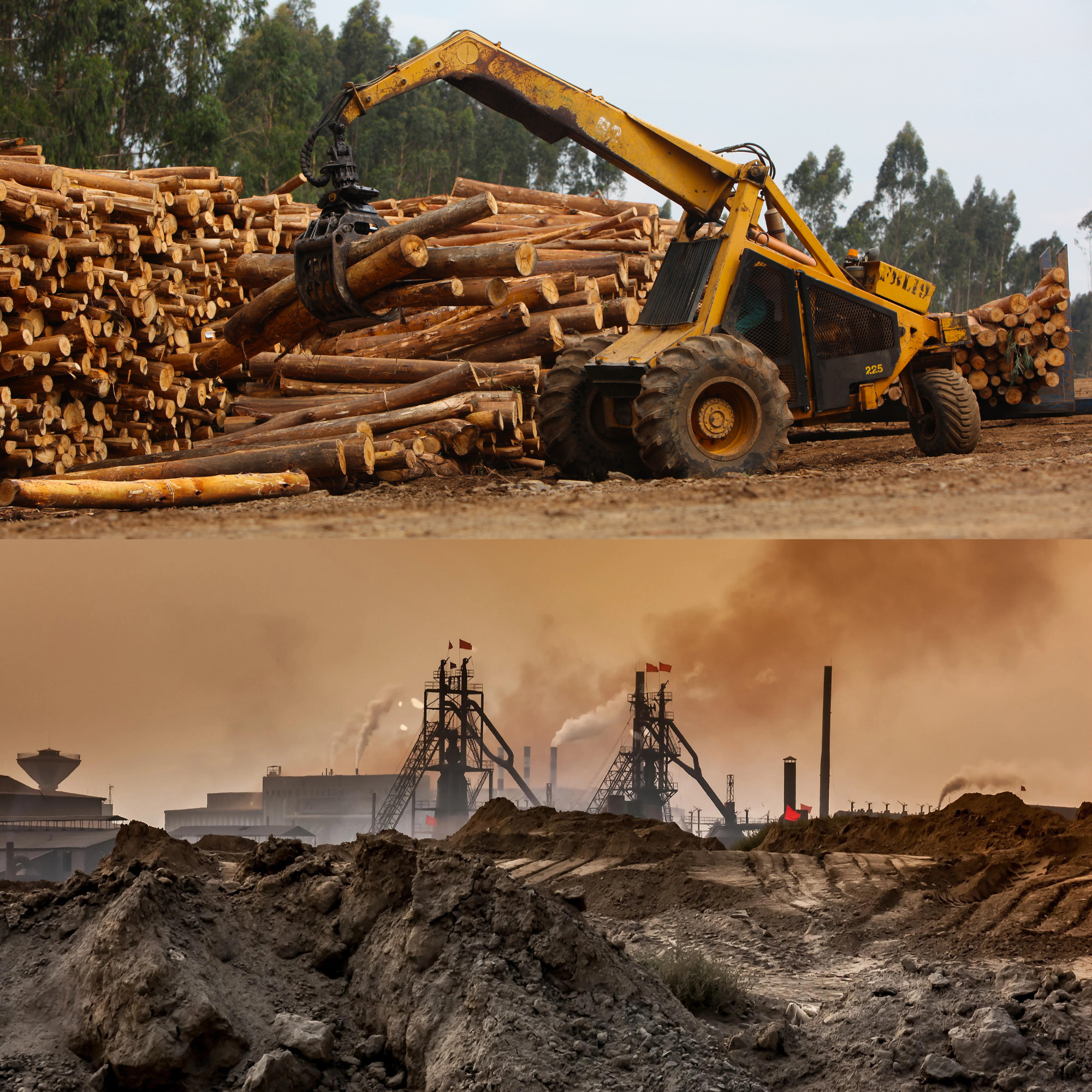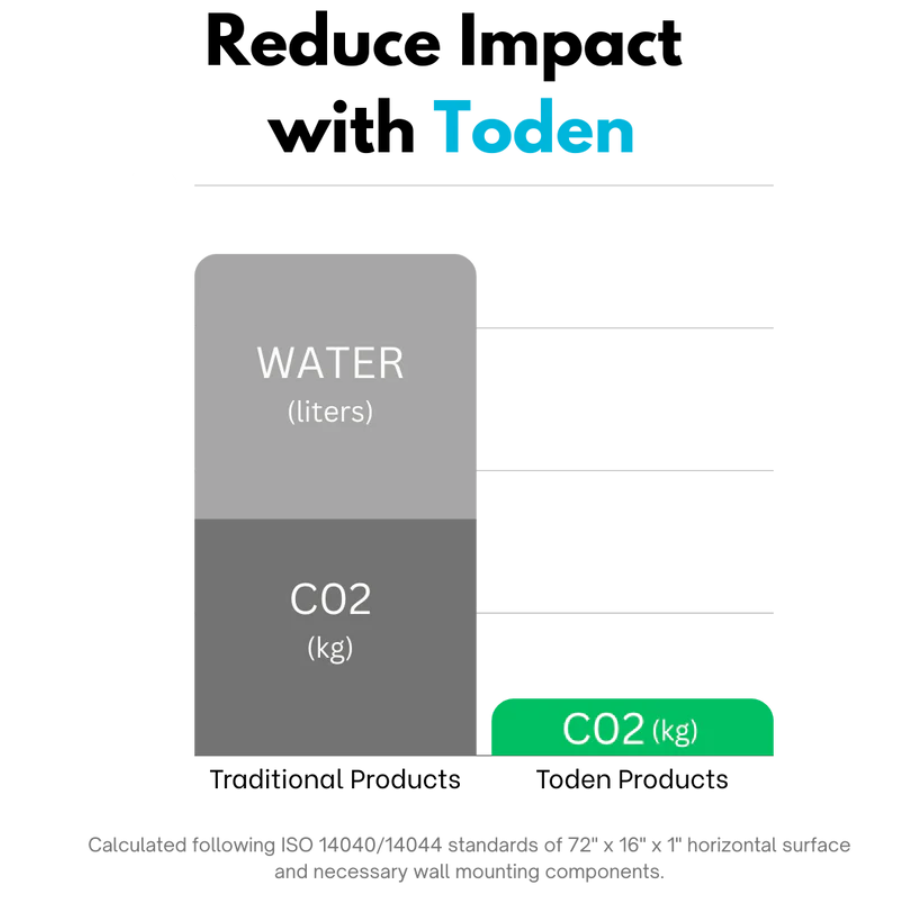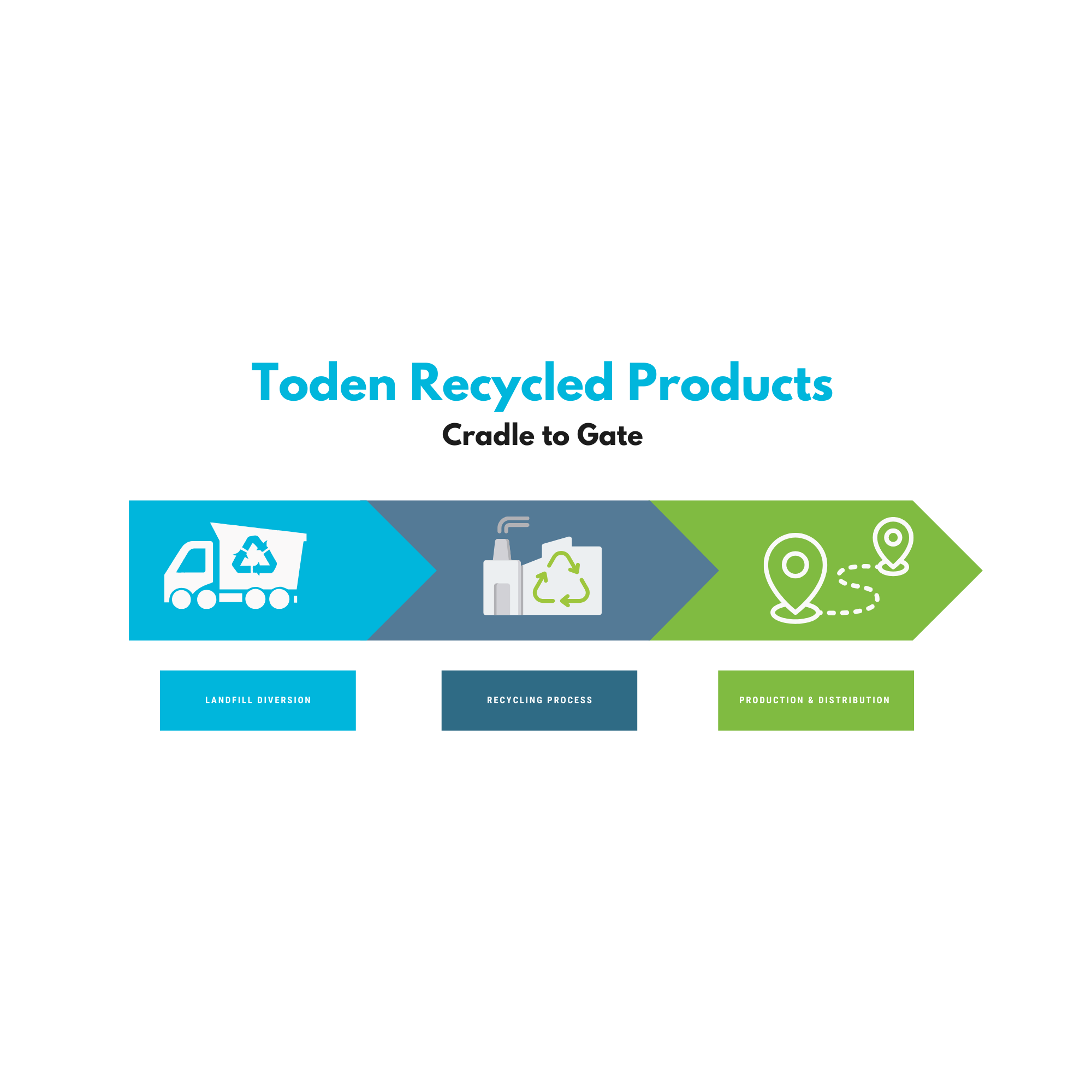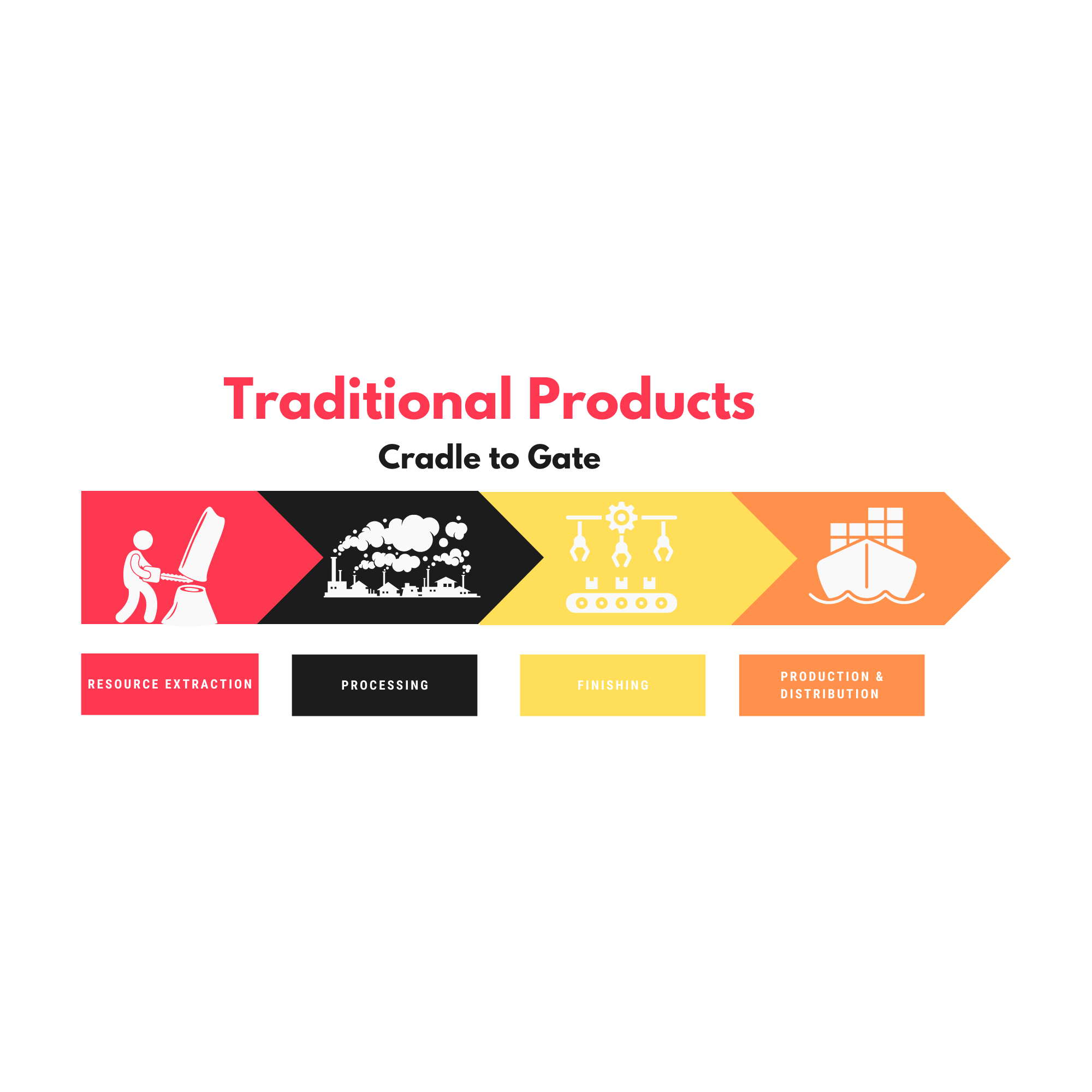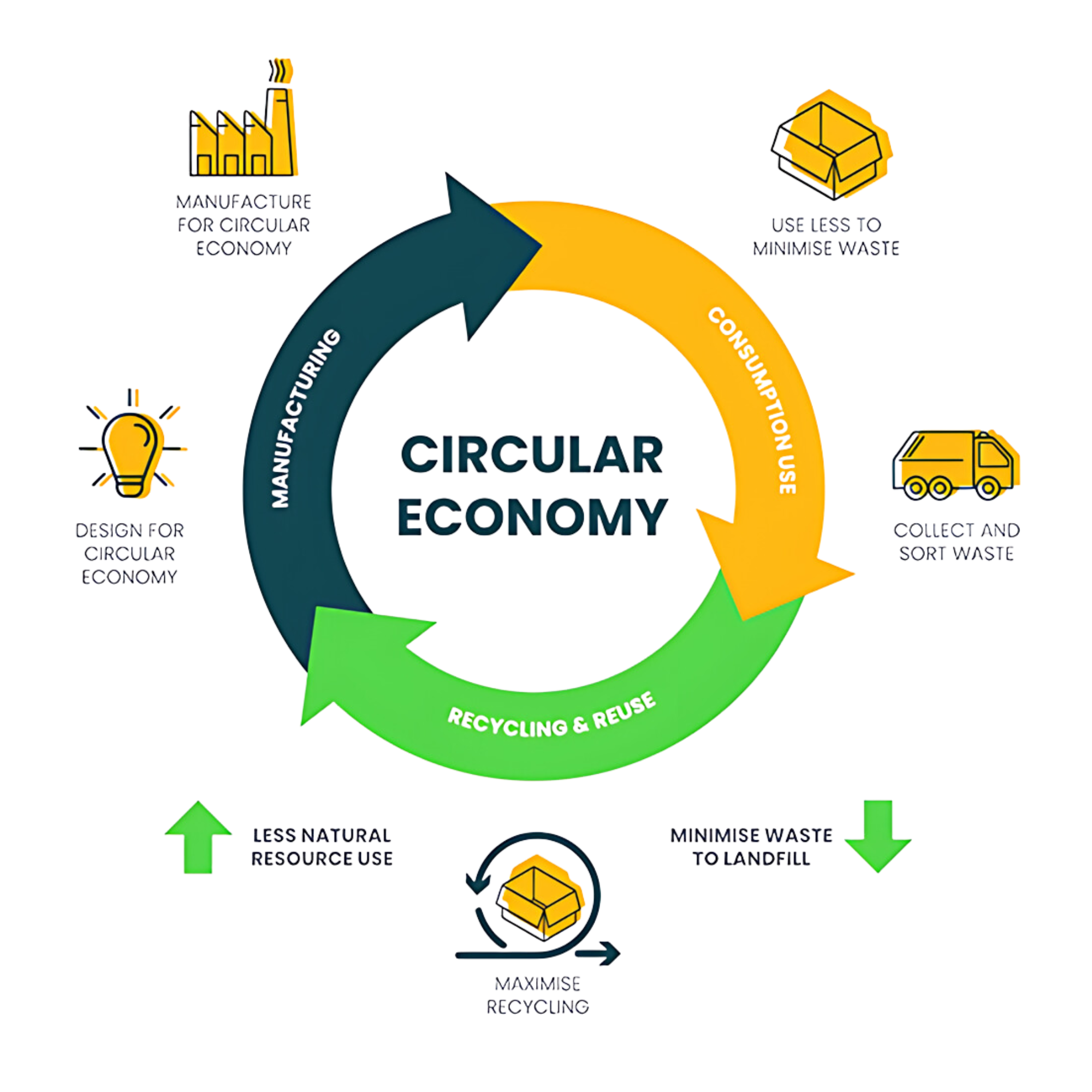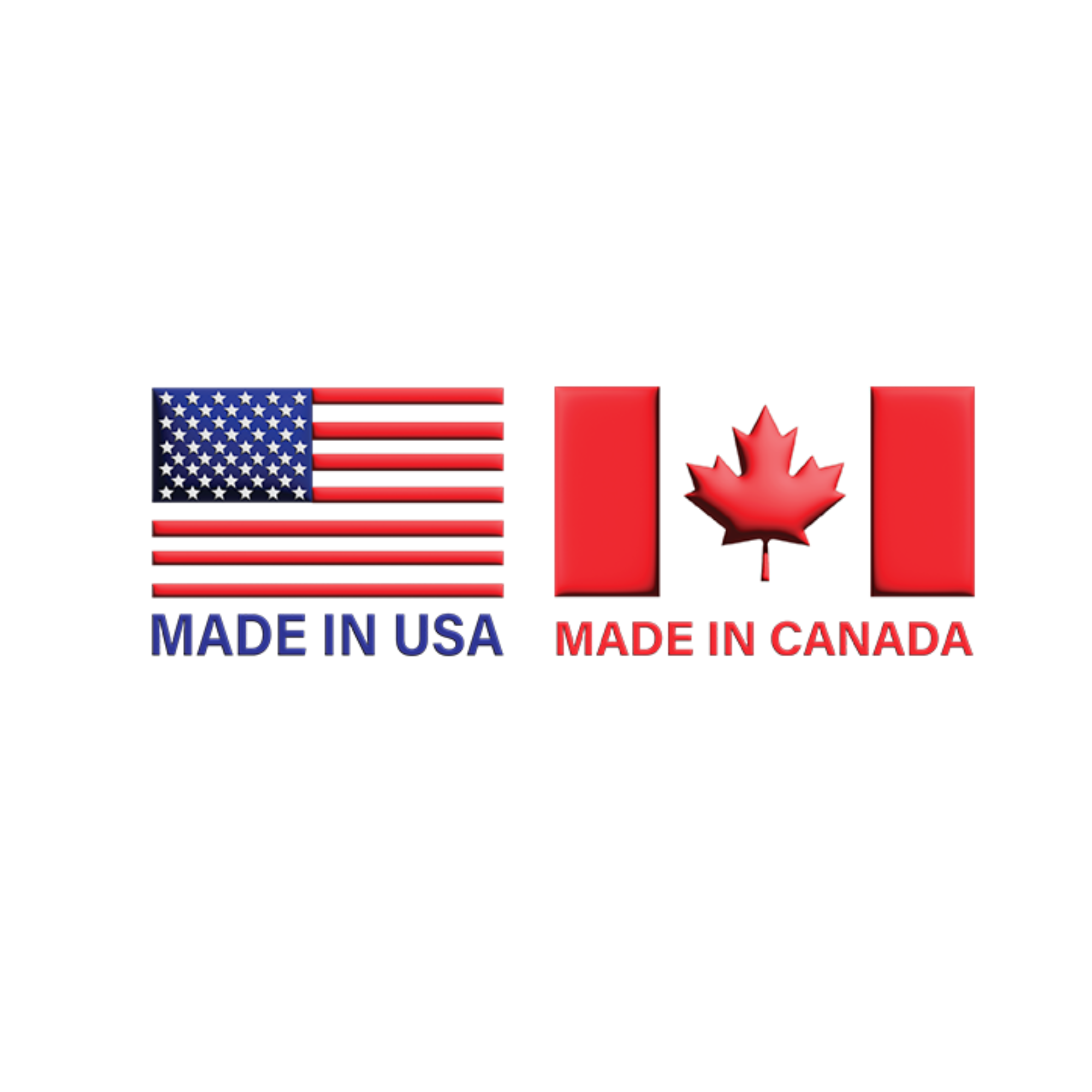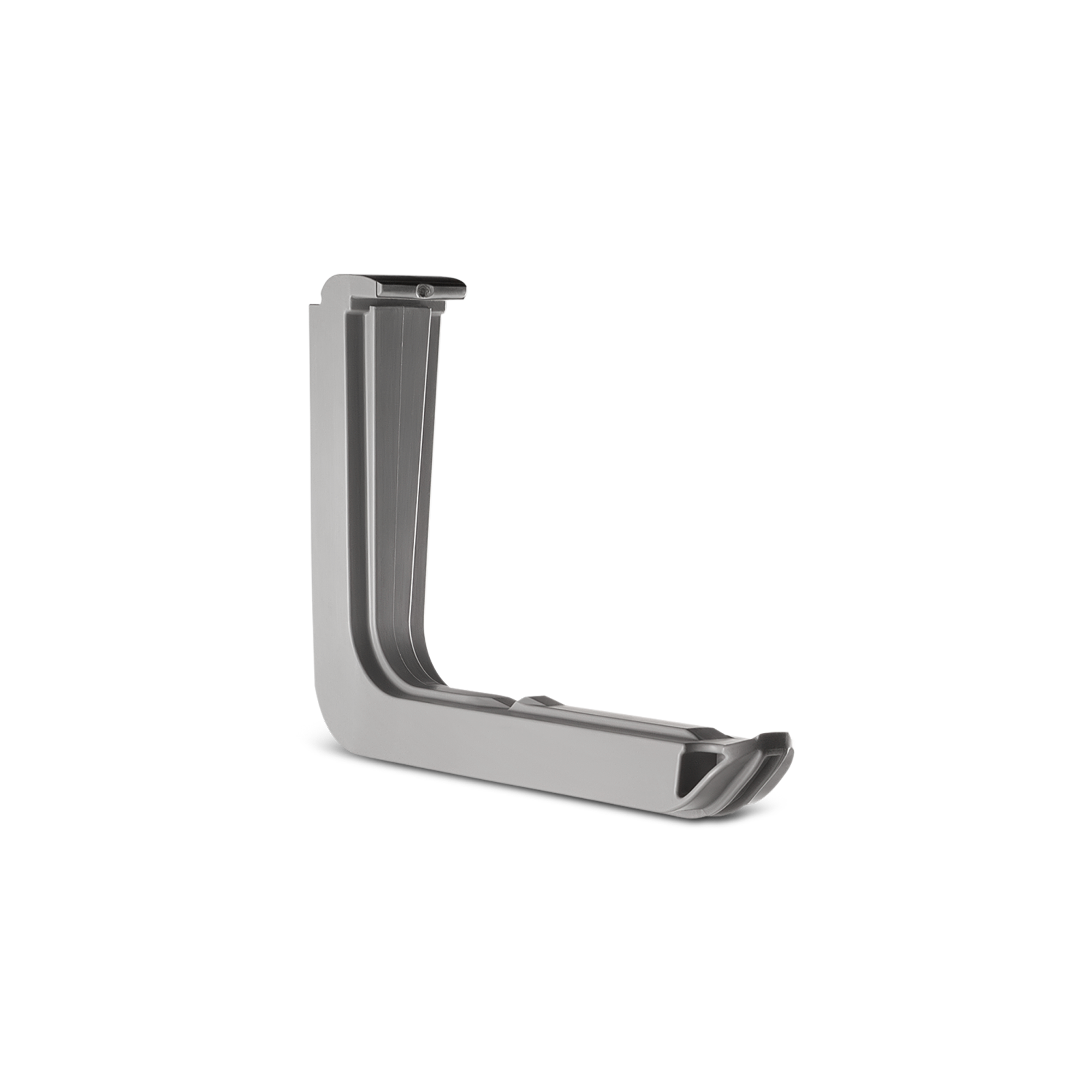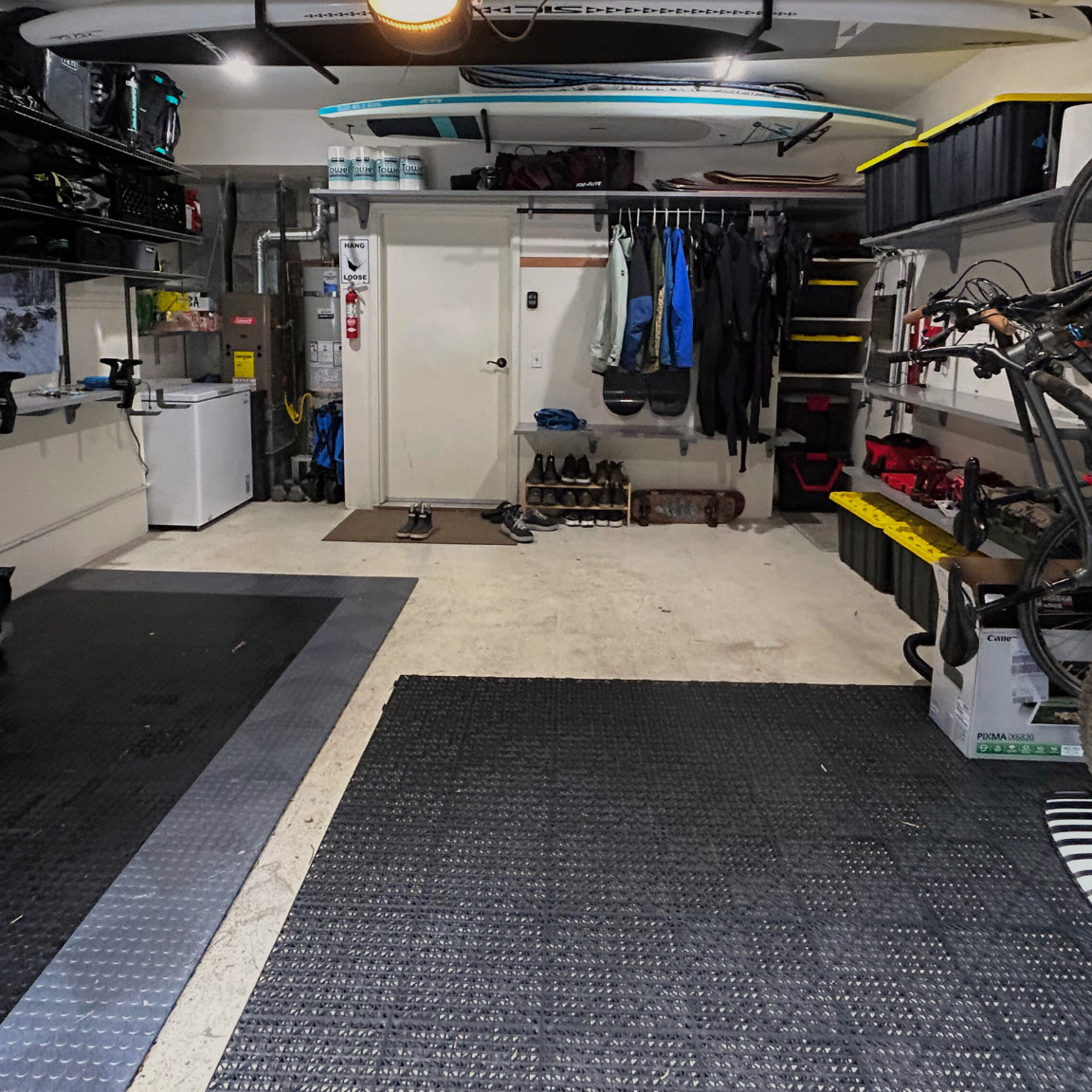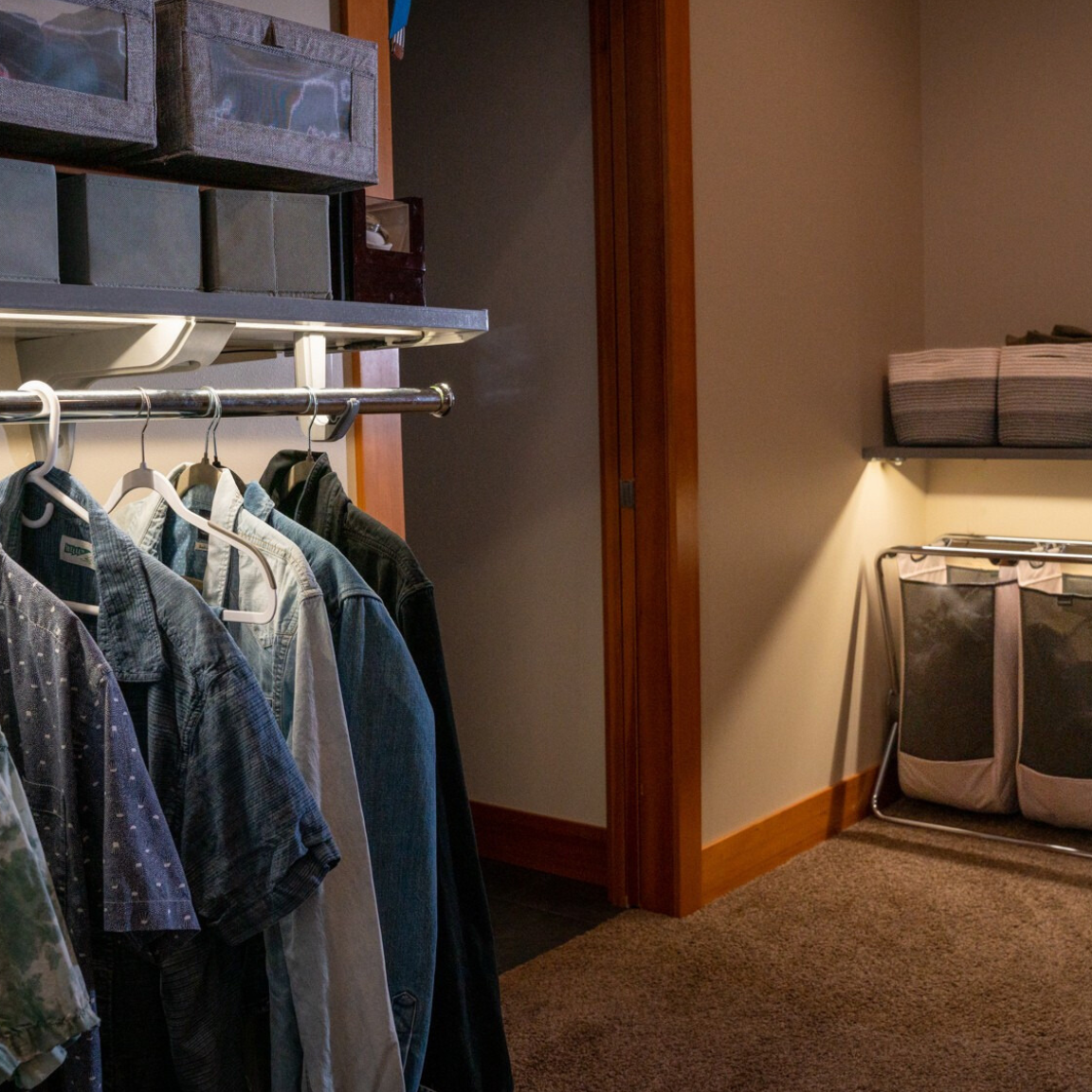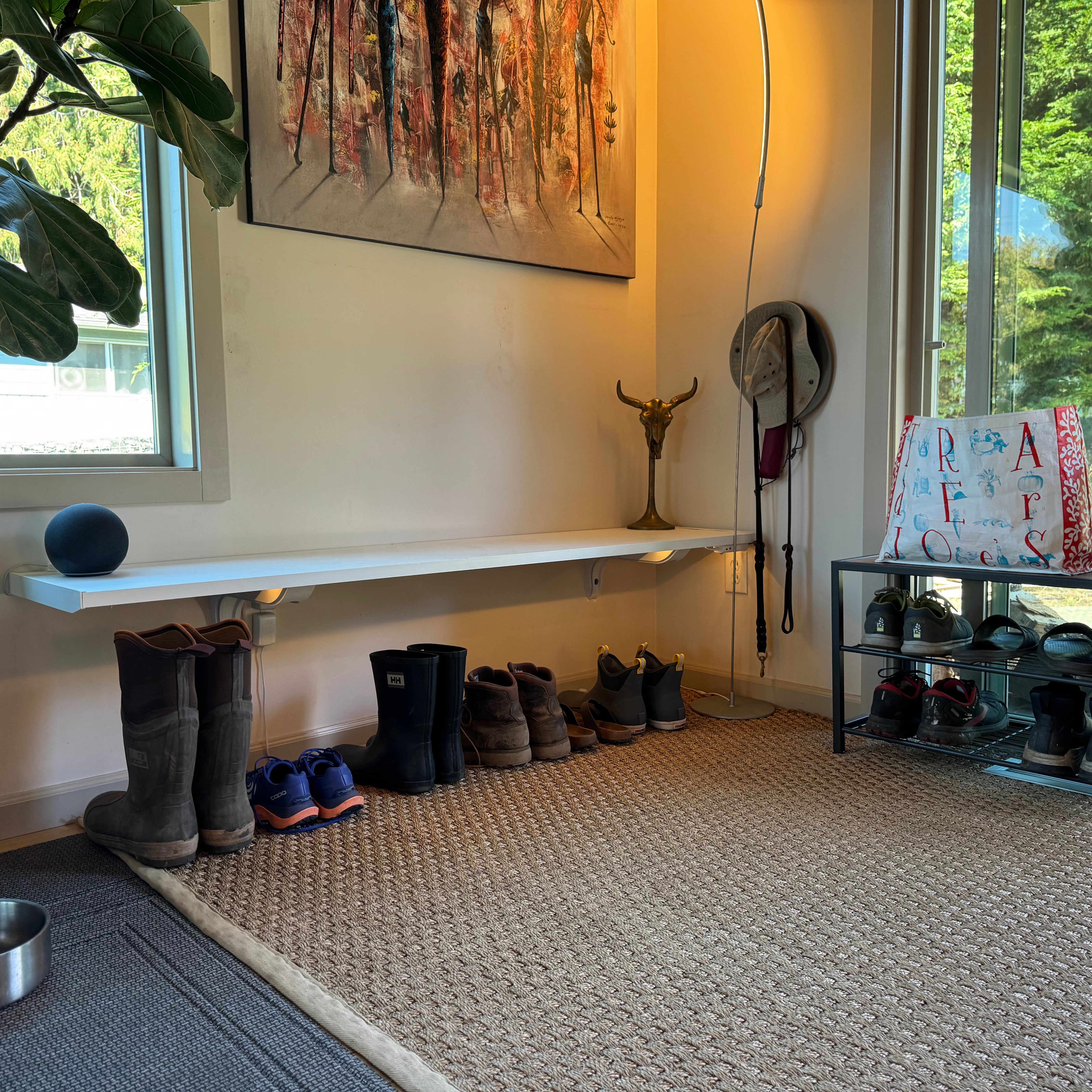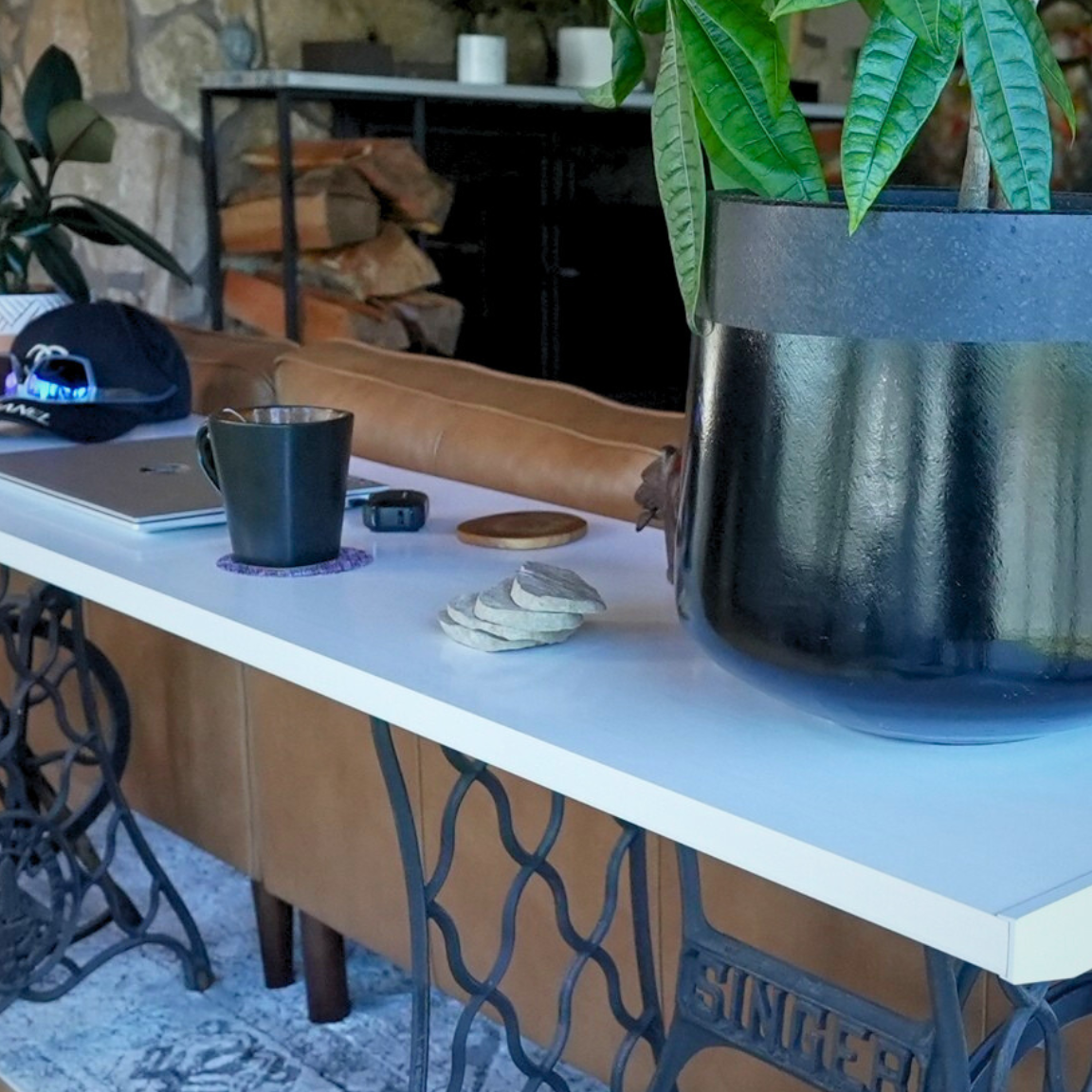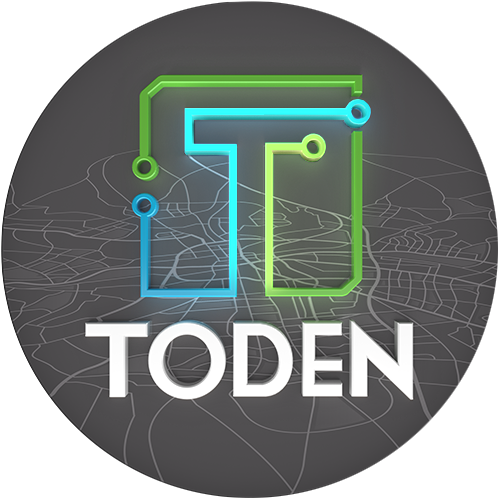Sustainable Storage and Organization
Sustainability is at the center of everything we do at Toden™. From the use of recycled plastic, to the water saved, to the end of resource extraction for storage solutions, we are on a mission to end antiquated processes for storage solutions. With your help, we can make better products while using less resources, polluting less, and ensuring that plastic never makes it to the landfill.
Ethics & Responsibility
At Toden™, sustainability drives every aspect of our operations. By utilizing recycled plastic and minimizing resource extraction, we aim to revolutionize storage solutions, reducing pollution and ensuring plastics avoid landfills. Our commitment extends beyond just making shelves; we support a circular economy, transforming waste into durable, long-lasting products manufactured entirely in North America. By shortening supply chains and repurposing waste materials, Toden™ not only conserves finite resources but also significantly reduces carbon footprints. Every Toden™ product helps decouple economic growth from resource depletion, addressing critical environmental challenges like climate change and pollution.
Leave it in the hills
We're gonna be honest with you. We think it's completely ridiculous to continue using trees, rare-earth metals, and finite fresh water to create shelving solutions. Toden™ products are created using recycled plastic, supporting the creation of a circular economy. With your help, we can break the cycle of resource extraction and high carbon emissions to create storage solutions.
By The Numbers
Theres no way to sugarcoat it, traditional wood and metal shelving is not sustainable. Our products save water, dramatically reduce C02, and use recycled plastics in its primary composition. Check out the savings in comparison the the other options on the market today.
Toden Products
Landfill Diversion
Plastic waste materials are collected and diverted from reaching the landfill. This is the first step in a circular economy.
Recycling Process
Recycling enables the repurposing of contaminated and mixed-polymer waste streams. Waste plastics are then turned into pellets that are sent to the manufacturer and transformed into next generation storage solutions.
Production & Distribution
The production process turns waste materials into long lasting, durable goods. Toden™ components are pre-pigmented, require no paint, and are ready to be used right out of the box.
Traditional Products
Landfill Diversion
Plastic waste materials are collected and diverted from reaching the landfill. This is the first step in a circular economy.
Recycling Process
Recycling enables the repurposing of contaminated and mixed-polymer waste streams. Waste plastics are then turned into pellets that are sent to the manufacturer and transformed into next generation storage solutions.
Production & Distribution
The production process turns waste materials into long lasting, durable goods. Toden™ components are pre-pigmented, require no paint, and are ready to be used right out of the box.
Supporting a Circular Economy
Toden™ products are made from recycled materials in the USA, creating upcycled products that conserve resources. They divert plastic from landfills and reduce the extraction of natural resources. Our dedication to sustainability sets us apart.
Manufactured in North America
Toden™ designs its products, sources materials, and manufactures in North America. We're committed to supporting our homeland customers, our economy of skilled labor, and cleaning up our backyard at the same time.
Individual Product Environmental Savings
Check out each Toden™ components carbon, water, and plastic saving numbers. Toden's commitment to environmental sustainability through its products translates into tangible benefits for both customers and the planet.
Wall Bracket
700 gallons less water
2.8 kg less CO2
25.9 water bottles used
Surface
122 water bottle eq. used
88.1 liters less water
57.9 kg less C02
Surface/Shelving Kit
193.2 water bottles used
93.4 liters less water
63.5 kg less CO2
Double Row Closet Kit
457.0 water bottles used
186.7 liters less water
126.9 kg less CO2
Long Run Kit
444.1 water bottles used
186.7 liters less water
126.9 kg less CO2
Surface Extension Kit
185 water bottles used
93.4 liters less water
63.5 kg less CO2
The Last Shelf You'll Ever Need
Our use of cutting-edge practices and materials results in Toden™ components that excel in their intended uses, guaranteeing customer satisfaction with our products.
